Top 8 Latest Eye Laser Technology of 2024
In 2024, the latest eye laser technology has reached new heights, helping people see better. These latest eye laser technology procedures are designed to fix common vision problems like nearsightedness and farsightedness. The latest methods are faster, safer, and more comfortable than older techniques. Patients can expect clearer vision with less downtime and quick recovery.
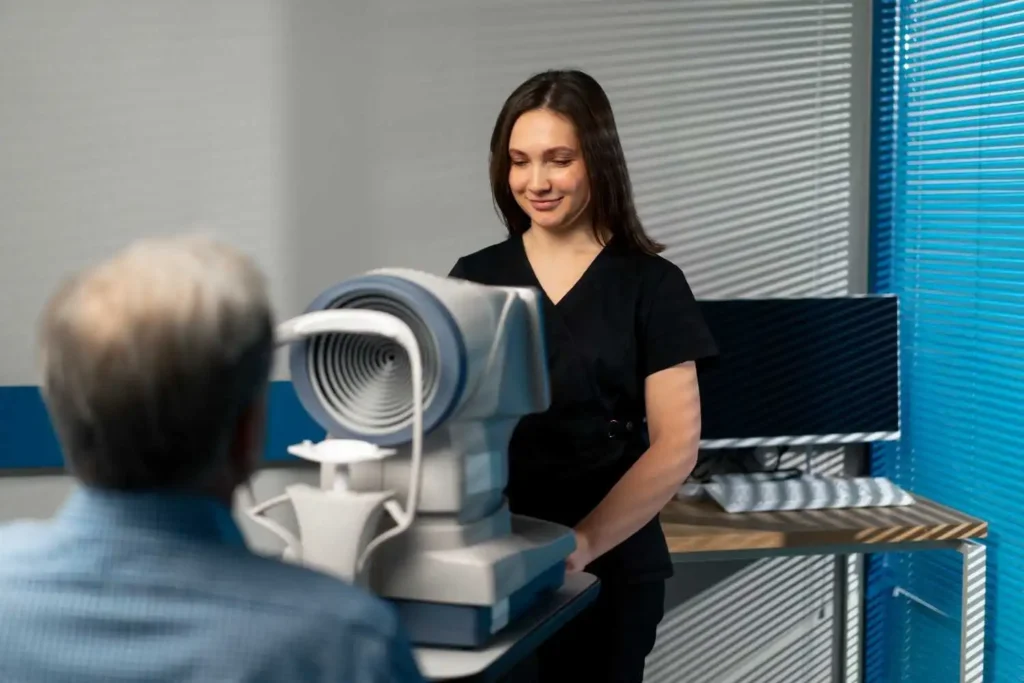
#1: Femtosecond Laser-Assisted Cataract Surgery
Femtosecond laser-assisted cataract surgery is a big step forward in fixing cataracts. Using the latest eye laser technology, this method makes the surgery more precise. It is less invasive, giving patients a safer and quicker treatment.
How It Works:
The surgery uses very precise femtosecond lasers to do key steps in cataract surgery. The laser makes exact cuts and breaks up the cloudy lens, so there’s no need for old-style surgical tools, allowing better control during the surgery.
Benefits:
- Better Precision: The laser’s accuracy makes surgery better and lowers the chances of problems.
- Less Invasive: The surgery is less invasive than old methods, making the surgery more controlled.
- Faster Recovery: Patients usually have less swelling and heal faster.
- Happier Patients: The better results make patients happier with their improved vision.
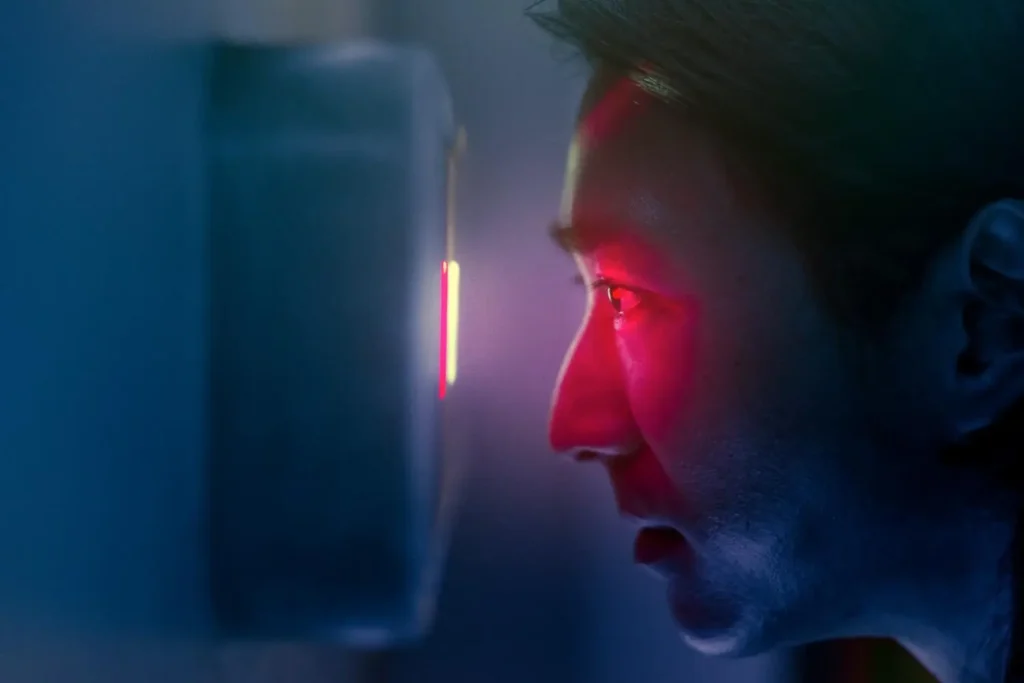
#2: SMILE (Small Incision Lenticule Extraction) Laser Eye Surgery
SMILE laser eye surgery is a new way to fix vision problems, especially for nearsighted people. It makes a tiny cut in the eye’s cornea, helping people heal faster than with older methods. Because it is simple and works well, SMILE is quickly becoming a popular choice for fixing eyesight.
Read Previous – Top 7 Latest Contact Lens Technology of 2024
How It Works:
SMILE uses a special laser to make a small, lens-shaped piece inside the cornea (the eye’s outer layer). The doctor takes this piece out through a tiny cut, reshaping the cornea to help you see better. This is different from regular LASIK, which needs a bigger cut on the cornea.
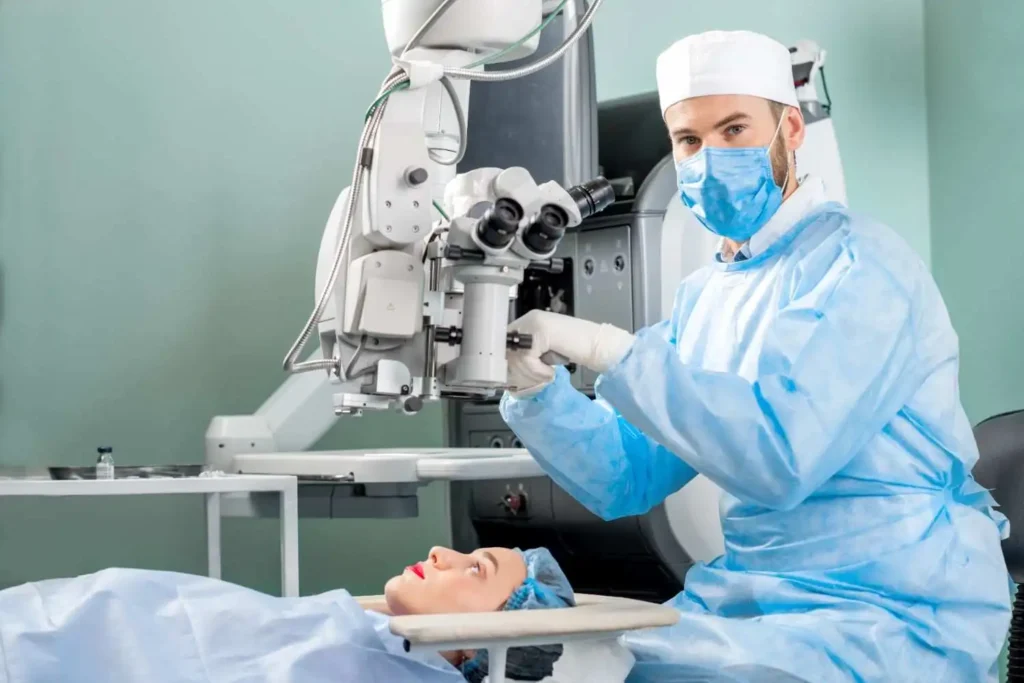
#3: Advanced LASIK (Laser-Assisted In Situ Keratomileusis)
Advanced LASIK is a top latest eye laser technology that helps fix vision problems like nearsightedness, farsightedness, and astigmatism. With new techniques and high-tech tools, this surgery is very precise and tailored to fit each person’s eye.
How It Works:
Advanced LASIK uses smart computers and special eye scans to make a detailed map of the eye. Doctors use this map to change the laser treatment for each person. The process involves making a thin cut in the cornea, using the laser to shape it, and then putting the flap back for quick healing.
Benefits:
- Personal Treatment: Each surgery is planned for the person’s own vision needs, giving the best results.
- Quick Recovery: Most people can go back to their normal activities in a few days.
- Better Safety: New methods lower the chance of problems, making the surgery safer.
- Great Results: Many people get 20/25 vision or even better, which greatly improves their lives.
#4: PRK (Photorefractive Keratectomy) with Advanced Ablation
PRK is a type of latest eye laser technology that helps fix vision problems like nearsightedness, farsightedness, and astigmatism. It has improved a lot with the latest eye laser technology, giving smoother results and better precision for those who can’t have LASIK.
How It Works:
In PRK, the top layer of the cornea is gently removed to reach the tissue beneath. A special laser reshapes the cornea based on the person’s vision needs. PRK doesn’t make a flap like LASIK, which is good for people with thin corneas or certain eye conditions.
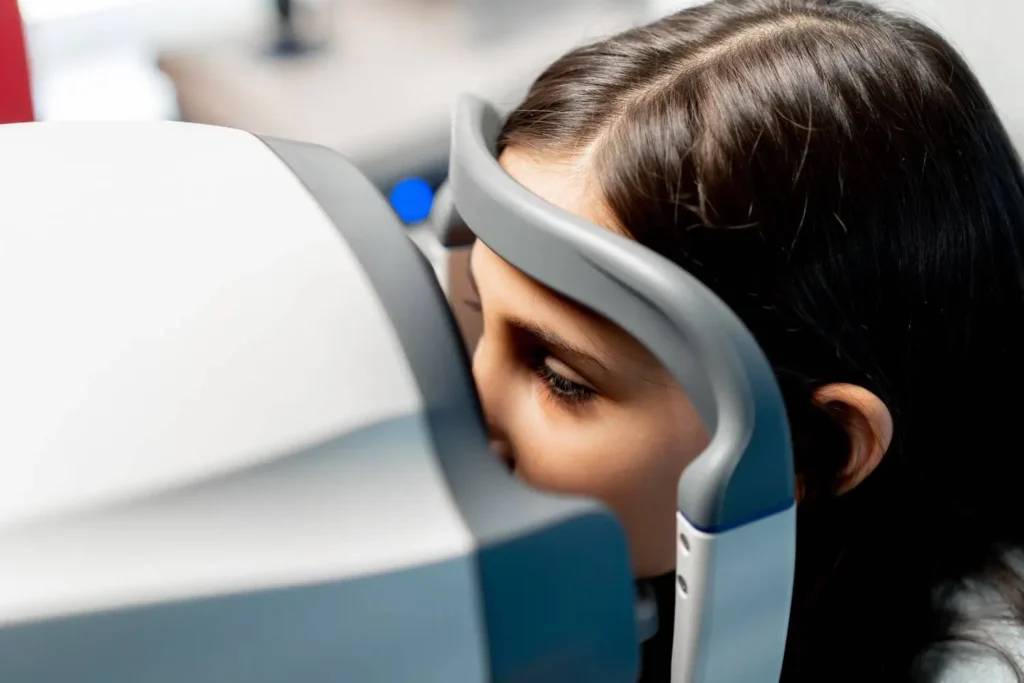
#5: LASEK (Laser-Assisted Subepithelial Keratomileusis)
LASEK is a laser eye surgery technique that combines elements of PRK and traditional LASIK to provide improved vision correction options for patients, particularly those with thinner corneas. This procedure is ideal for individuals who may not be suitable candidates for LASIK due to corneal thickness or other factors.
How It Works:
During LASEK, the outer layer of the cornea (the epithelium) is carefully loosened using a dilute alcohol solution and then lifted aside. A laser is then applied to reshape the underlying corneal tissue based on the individual’s prescription. Once the procedure is complete, the epithelial layer is repositioned, allowing for a smooth recovery.
Benefits:
- Suitable for Thin Corneas: LASEK provides a safe alternative for patients with thinner corneas who cannot undergo LASIK.
- Less Risk of Complications: Since LASEK does not involve cutting a flap, it reduces certain risks associated with the flap creation in LASIK
- Good Visual Outcomes: Many LASEK patients achieve excellent visual acuity, comparable to that of LASIK or PRK.
- Enhanced Comfort: With advancements in anesthesia and techniques, patients typically experience less discomfort during and after the procedure.
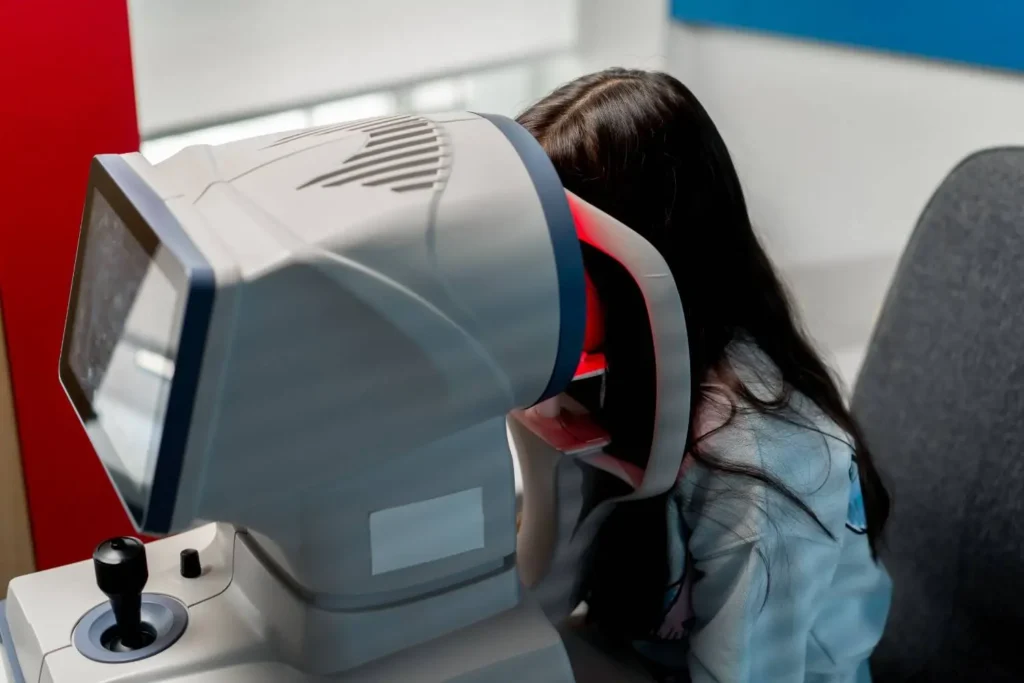
#6: Implantable Collamer Lens (ICL) with Laser Technology
The Implantable Collamer Lens (ICL) procedure is a new way for people to improve their vision, especially if they can’t have regular laser eye surgery. This method involves putting a special lens inside the eye, which helps people see better without changing the eye’s natural parts.
How It Works:
In the ICL procedure, a lens that is safe for the body is placed inside the eye, between the iris and the natural lens. It starts with a careful eye check-up, followed by using lasers to make small cuts. The lens is gently folded and put into the eye through a tiny cut, where it unfolds and fits perfectly.
#7: Laser-Assisted Corneal Cross-Linking (CXL)
Laser-assisted corneal Cross-Linking (CXL) is a new way to make the cornea stronger and stop diseases like keratoconus from getting worse. This method uses vitamin B2 and a laser to make the cornea tougher so it doesn’t change shape easily.
How It Works:
The CXL procedure involves putting vitamin B2 drops on the cornea, which then soak up UV light from the laser. This causes the fibers in the cornea to stick together, making it more firm. The treatment is usually done in a doctor’s office, and people get better quickly.
Benefits:
- Stabilizes Condition: CXL stops corneal diseases from getting worse, keeping vision safe.
- Minimally Invasive: It’s less risky than regular surgery, making it safer for many.
- Improved Visual Outcomes: Many people see better after the treatment, which improves their lives.
- Long-lasting Effects: The effects of cross-linking usually last a long time, keeping the cornea stable.
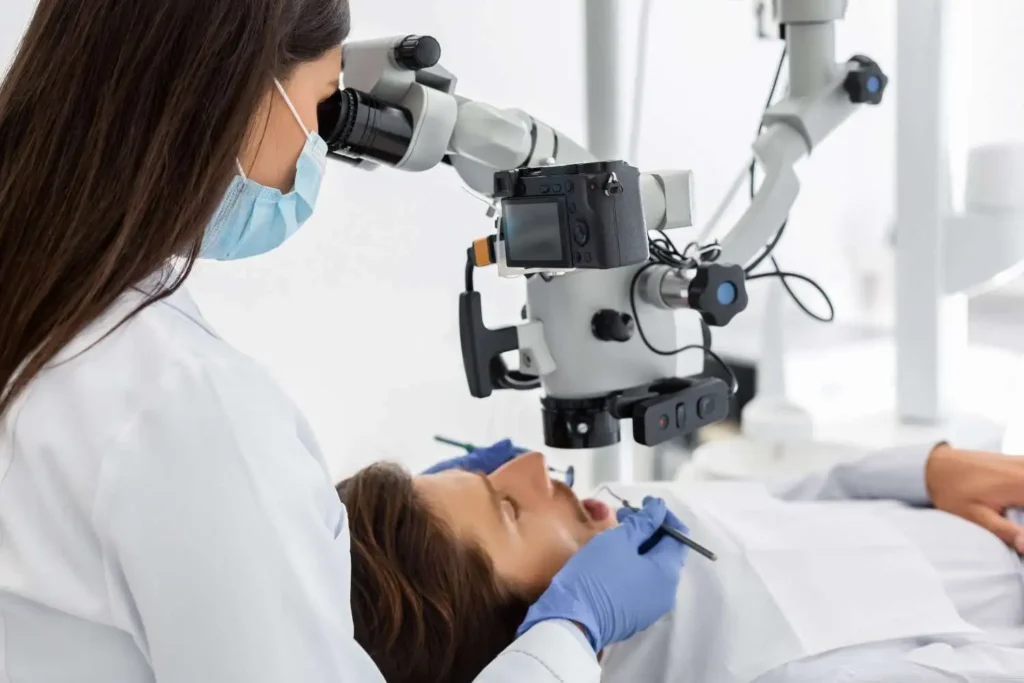
#8: AI-Powered Laser Eye Surgery
The latest AI-powered eye laser technology is a big step forward in eye care, making laser vision correction more precise and efficient. Using AI in surgery helps doctors create treatments that match each person’s eyes perfectly.
How It Works:
AI looks at detailed eye scans to make accurate maps of the eye. During surgery, AI guides the laser with precision, making changes based on quick feedback. This helps the surgeon adjust the treatment for the best results, making sure it fits the patient’s vision needs.
Conclusion
The top 8 latest eye laser technologies of 2024 offer many great options for people wanting to improve their vision. These advanced methods, such as LASIK, PRK, LASEK, ICL, CXL, and AI-powered surgery, are designed to fit different eye needs and help people see better. They aim to make the process safer, quicker, and more comfortable, allowing many people to return to their daily lives in no time. The latest eye laser technology used in these surgeries has improved a lot, giving patients better results than ever before. With quick recovery times and less discomfort, more people can enjoy clearer vision. No matter which method is best for each person, these new eye care options show how far science has come in helping us see the world more clearly. Overall, these eye laser technologies are changing lives and making vision care easier for everyone.
FAQ’s
1. What are the risks of laser eye surgery?
Laser eye surgeries like LASIK, PRK, and LASEK are usually safe, but there can be risks like dry eyes, glare, halos, and not getting the right vision correction. It’s important to talk with an eye doctor about these risks to be fully informed.
2. How long does it take to recover?
Recovery times are different for each procedure. LASIK patients often see better in a day, while PRK might take a few days for full recovery. Your doctor will give you specific advice based on your procedure.
3. Is laser eye surgery right for me?
Your suitability for laser eye surgery depends on many things like age, eye health, and vision issues. A thorough eye exam by a qualified surgeon will determine if you can have the surgery.
4. Will I need glasses or contacts after surgery?
Many people see well enough to use glasses or contacts less after laser eye surgery, but some might still need them for distance or reading, especially as they get older.
Stay connected and updated with – TechtoInsider.com
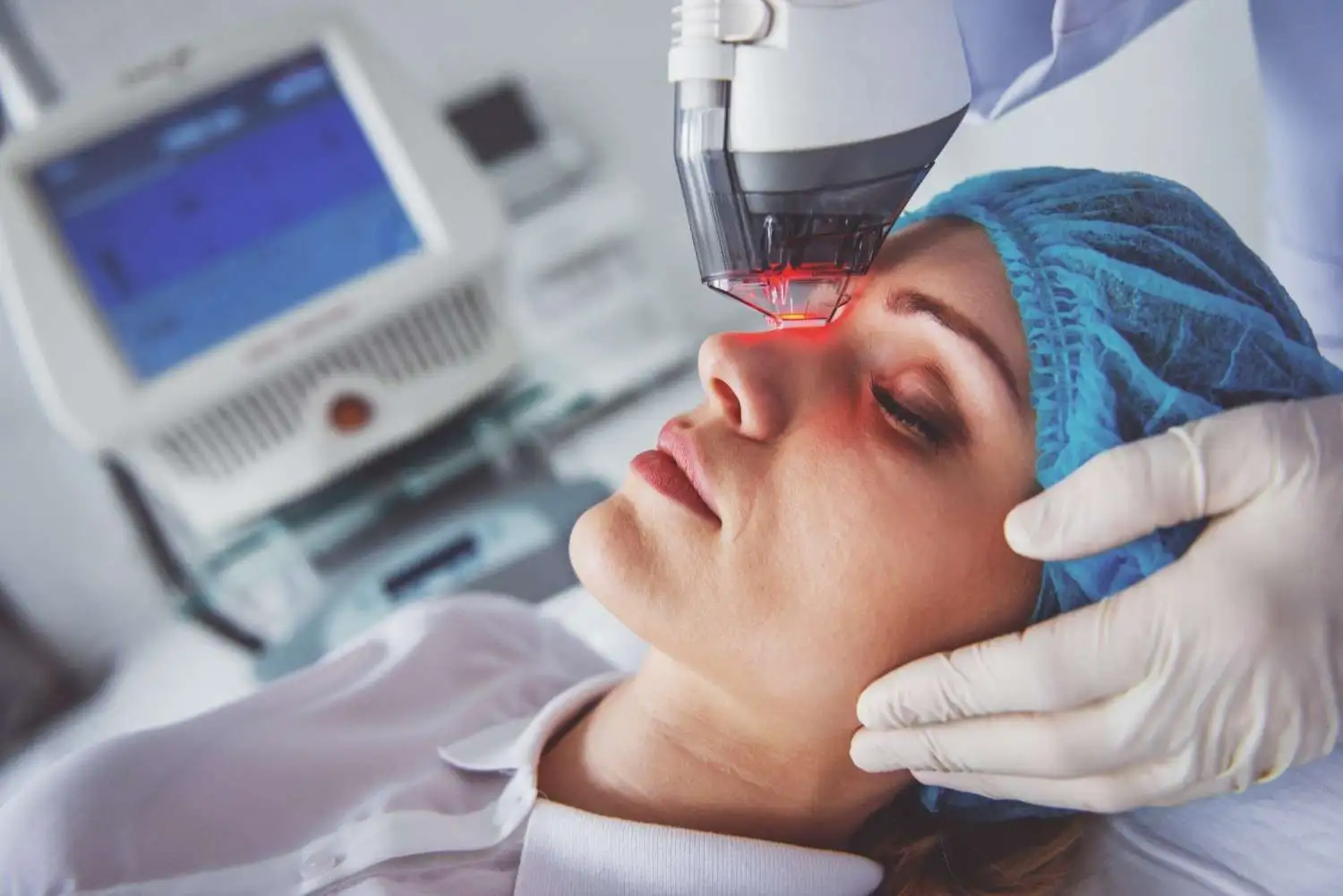



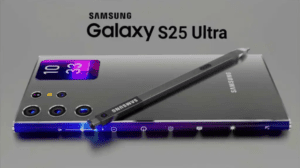









Post Comment